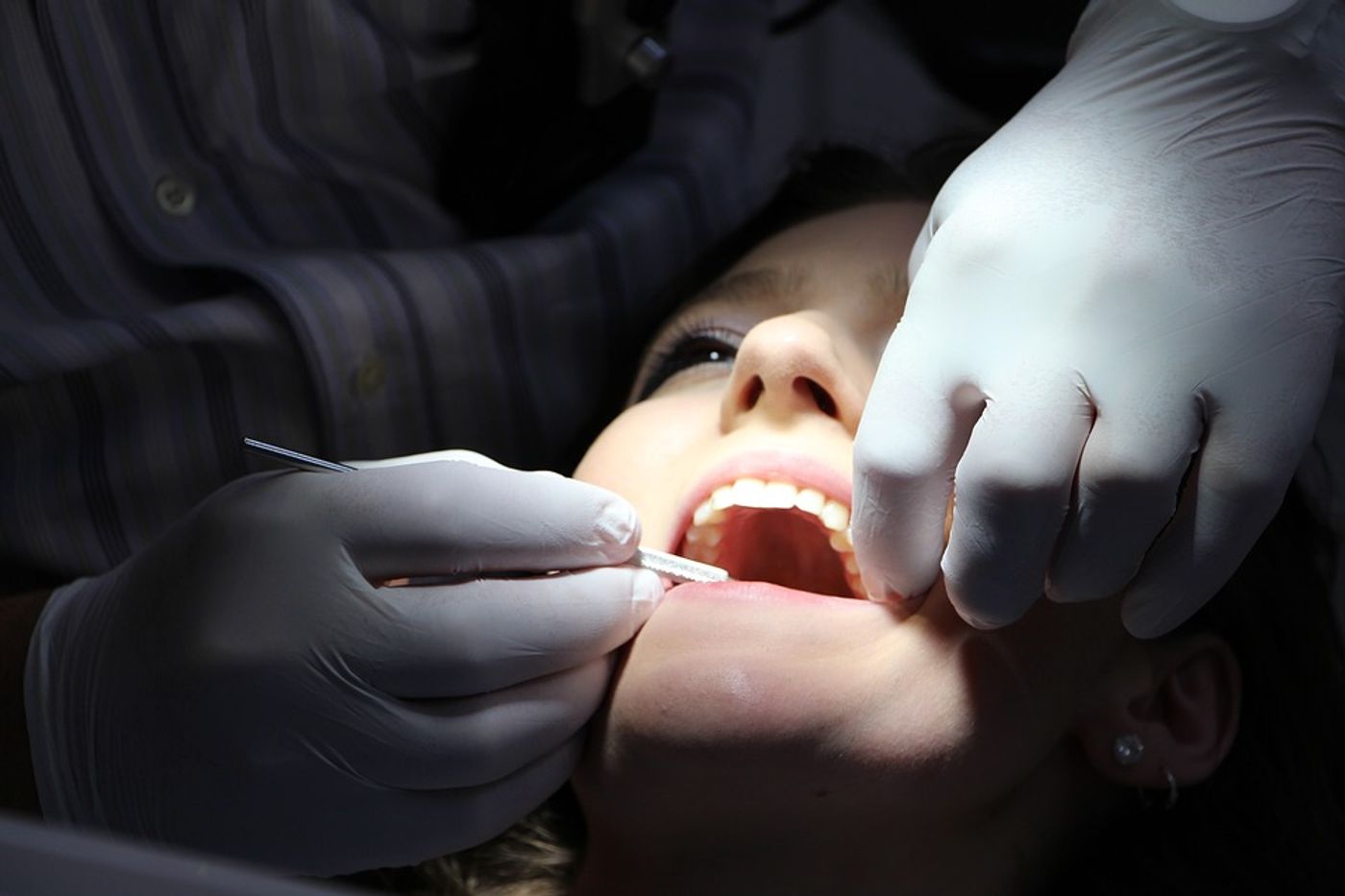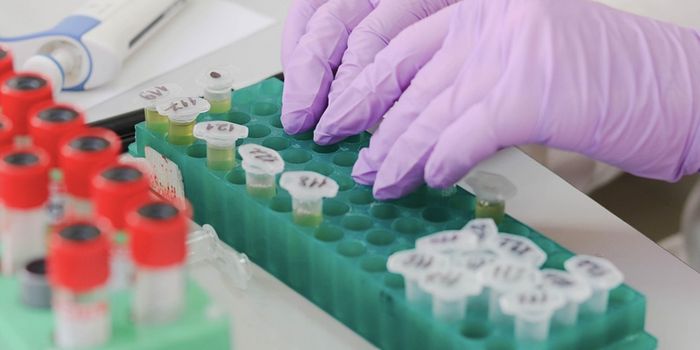Early Detection of Tooth Decay from Bacterial Invasion
We all get cavities, but have we ever thought much about the biology of the process? From the Akson Russian Science Communication Association, scientists investigated the molecular composition changes in the saliva of people with cavities, showing how tooth enamel changes in different stages during cavity formation.
Cavities, also called “caries” or simply “tooth decay,” are a result of bacteria in the mouth that feed on carbohydrates and release corrosive acid that destroys teeth tissues. Cavities are common, occurring in nearly all people. Depending on what you eat or how you take care of your teeth, cavities can take months or even years to develop. Worst case scenario, cavities can lead to periodontitis and pulpitis.
What does it mean for a cavity to be “filled”? Essentially, a dentist removes the decayed part of the tooth, cleans the tooth, and fills it with a substance to avoid bacteria from re-entering. When the decay is too bad, the dentist might use a “crown” that repairs the tooth at the gum line or a “root canal” that treats a tooth entirely taken over by the cavity, sealed with a crown.
Cavities are usually found on either the top of the tooth (occlusal cavity) or between two teeth (interproximal cavity). No symptoms, like pain, occur as a result of a cavity until the tooth has decayed to the point of developing an infection. Dentists have plenty of options for treating cavities (fillings, crowns, root canals), but early detection via new methods that don’t rely on symptom reporting could help prevent major tooth decay.
The new study identifies a new way to diagnose early cavity development via changing concentrations of unique substances in saliva. Based on their results, researchers were also able to develop new techniques for treating cavities as well as new preventative approaches to counter the acid-producing bacteria that can invade the mouth.
Researchers used a technology called “infrared spectromicroscopy” via “synchrotron radiation” to conduct both a qualitative and a quantitative analysis of saliva samples from people with multiple cavities. After observing changes in tooth enamel composition at various stages of cavity development, researchers found that after tooth decay from bacterially-produced acid occurs, acidic calcium salt and orthophosphoric acid also form.
They also found that saliva from a cavity-filled mouth contains lower levels of mineral substances and inorganic compounds, but higher levels of organic compounds (esters, fats, carbohydrates). Additionally, the saliva samples also had double the level of a substance called thiocyanate, which is produced in the mouth as a result of developing cavities.
Senior researcher Pavel Seredin hopes that the new findings will be used to “formulate a series of practical recommendations and algorithms for practicing dentists. They will be able to use these recommendations for treatment and prevention of caries in the early stages avoiding such procedures as tooth drilling.”
The present study was published in the EPMA Journal.
Sources: Oral-B, TheraBreath, Akson Russian Science Communication Association









